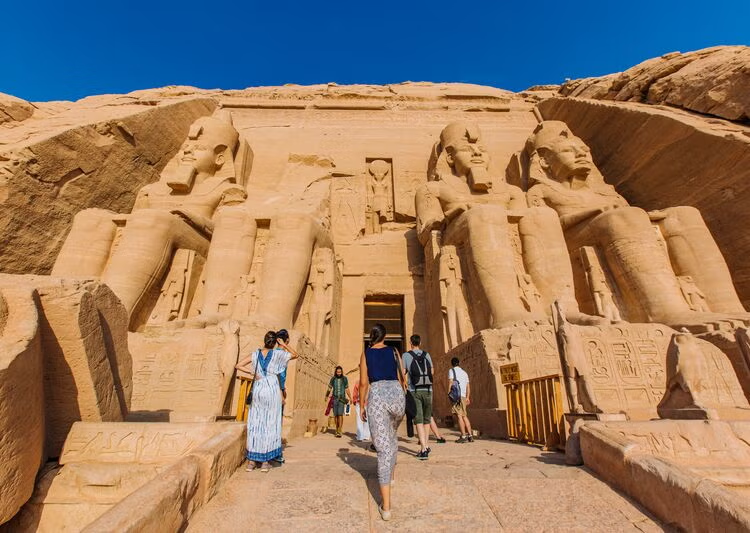Tourism has long been a cornerstone of economic growth in the Middle East and North Africa (MENA) region. In 2023, the sector contributed an estimated 6.7% to the Middle East’s total GDP and 8.1% to North Africa’s, underlining its significance as a key driver of job creation and foreign exchange earnings. Before 2020, destinations such as Bahrain, Saudi Arabia, and Oman witnessed triple-digit percentage increases in travel receipts, reflecting a robust and rapidly growing tourism industry.
Despite the severe disruptions brought on by the COVID-19 pandemic, the Middle East emerged as the only region to surpass its pre-pandemic tourist numbers by 2023. Data from the first nine months of 2024 further confirms that MENA continues to lead global tourism growth, surpassing many other regions in international arrivals and tourism receipts. This remarkable recovery demonstrates the sector’s resilience when supported by proactive government policies and strong private sector engagement.
However, the resurgence of conflict in the region since October 2023 has introduced significant challenges, slowing what could have been an even stronger recovery. The impact was immediate: the Travel Sentiment Score for the Middle East plummeted to levels not seen since the early days of the pandemic. Airlines and cruise operators adjusted their routes, while numerous foreign governments issued travel advisories against visiting conflict-affected areas.
Economic data paints a mixed picture. Egypt’s tourism receipts, for example, grew modestly from $14 billion to $14.7 billion in the past year, but the pace of growth has noticeably slowed. Jordan, on the other hand, saw a 3% year-on-year decline in tourism revenues, reflecting the broader difficulty of sustaining pre-conflict momentum. In Lebanon, where economic data remains scarce, early indications suggest a downturn in foreign exchange earnings due to heightened hostilities in the latter half of 2024.
A closer look at aviation passenger arrivals reveals a stark divide within the region, effectively creating “two MENAs.” The Gulf Cooperation Council (GCC) countries and North Africa have remained relatively stable, while non-GCC Middle Eastern economies have suffered sharper declines. While MENA as a whole posted an estimated 7% growth in passenger arrivals, non-GCC Middle Eastern nations experienced negative monthly growth from October 2023 to October 2024.
This disparity is further reflected in European visitor trends. During the first nine months of 2024, non-GCC Middle Eastern countries saw 2.35 million fewer European tourists than in the same period in 2023, while North Africa attracted 2.75 million more. This suggests a substitution effect, with travelers opting for safer destinations that offer similar cultural and historical experiences. Within individual countries, tourism patterns have also shifted. In Jordan, for instance, while overall foreign visitor numbers declined from January to September 2024, sites like Petra and Mount Nebo saw larger relative drops, whereas Ajloun and museums near Amman gained popularity, signaling an evolution in tourist preferences.
As regional governments and industry stakeholders grapple with these challenges, reinforcing resilience in the tourism sector has become a top priority. To navigate the uncertainties ahead, the following strategic actions are recommended:
- Transparent Risk Communication: Clear, credible information on security conditions is essential to restoring traveler confidence.
- Regional Cooperation: Coordinated marketing campaigns and crisis management strategies can help reshape MENA’s image and prevent conflicts from deterring visitors to unaffected areas.
- Domestic and Regional Tourism Promotion: Encouraging local travel, as seen in Egypt after the Arab Spring, can provide a buffer when international tourism declines.
- Infrastructure Investments and Diversification: Expanding and modernizing airports, roads, and key tourist attractions enhances long-term competitiveness, while diversifying tourism offerings reduces vulnerability to single-market disruptions.
Rebranding efforts, strategic investments, and enhanced crisis planning will be critical in sustaining tourism growth across MENA. Strengthening safety measures and addressing travel advisories will play a key role in restoring travelers’ confidence. In post-conflict settings, a proactive approach—particularly in collaboration with international organizations—can help tourism recover swiftly after shocks. For more insights, see reports such as the World Bank’s Resilient Tourism and the Tourism Sector Pandemic Recovery study, or follow updates in the Tourism Watch quarterly report.
















